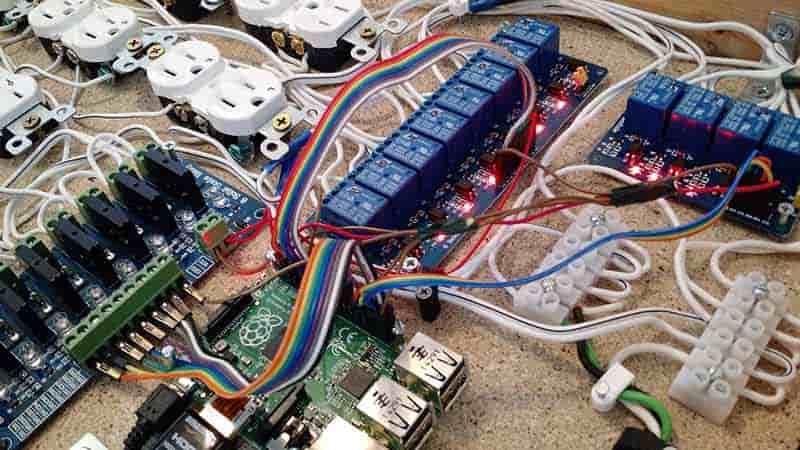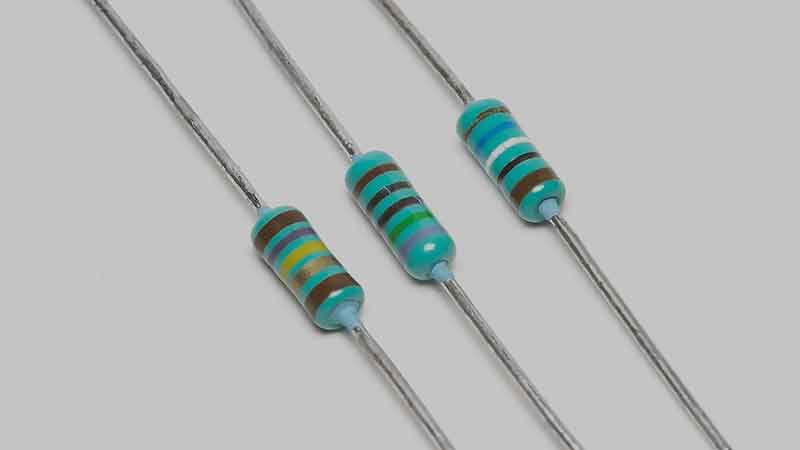We’ve all seen the terms “electronic” and “electrical” get used before. Many people assume they have the same meaning, but they actually have many differences to them. Electronic devices and electrical devices both have circuits which transfer electrical energy to various components. That is how these devices become powered and functional. However, the big difference is in regard to how the electrical signals (or energy) get processed by the circuits.
Electronic
In electronic devices, its circuits have the ability to interpret or understand an electrical signal that it receives. Based on the nature of the signal, the circuits allow the device to perform a particular function or task by managing its flow of electrons. As the electrons are sent toward a particular component of the device, a specific function is executed.
Some examples of electronic devices include mobile phones, laptops, microwaves, washing machines, and video game consoles. For instance, when you hear an alarm clock emit a beeping sound, then that function is the result of electronic circuitry. The beep is activated by the circuitry as the result of another function, such as the timer expiration setting. The beep is not activated by a direct electrical signal, which is why it is electronic instead of electrical.
The semiconductor material of electronic circuitry is usually silicon. That is how the nickname “Silicon Valley” came about. It is the name of a region in San Francisco which is the global center for computer and electronic development in the United States. Since electronic circuitry contains silicon, then it only makes sense to name this entire region after the material.
Electronics use a direct current, which can flow through wires, semiconductors, and insulators. It works on low voltage and doesn’t require as much power as electrical devices. The response time of the electrical signals are often slower in electronics, but that is because the signals need to be interpreted by the circuitry.
On the upside, electronic circuits don’t require as much space as electrical circuits. If you’ve ever used a smartphone before, then you will understand this perfectly. A smartphone contains a plethora of tiny electronic circuits inside of it. This is something that could never be done with electrical circuits.
Even though the electrical signal is weaker inside of an electronic device, the signal can be amplified and decoded so that it results in a much bigger action. Electronic components, such as amplifiers, microprocessors, diodes, and transistors, are all responsible for allowing this to happen.
Electrical
As for electrical devices or appliances, they are comprised of electrical circuits which allow the devices to get powered by electricity directly. The electrical signal does not get interpreted or processed like with electronic circuitry. There is simply one function that gets enabled by the circuitry.
For instance, when you flick the light switch on your wall to turn on the light in your bedroom, that action involves the use of electrical circuitry. If you use an electric drill, the drill is activated whenever you pull the trigger. That involves the use of electrical circuitry as well.
Electrical devices use conductors made from aluminum and copper metals for electric current transmission. What is unique about electrical circuitry is that electrical energy can get converted into other kinds of energy, such as sound energy, heat, energy and light energy. That is how lights and heaters work.
An alternating current is the type of electric current used in electrical devices. The current “alternates” because it can reverse its direction. It is the opposite of a direct current, which is an electric current that flows in one direction and does not reverse.
Alternating currents are how you’re able to turn a light on and off from flicking one switch. We use alternating currents to power our homes, businesses, air conditioning systems and so on. And because there is more power required to energize these units, the electrical circuitry must work with a higher amount of voltage.
Since the alternating current of electrical devices does not get manipulated by the conductors, the response time of the alternating current is much faster than what you see in the direct current of electronic devices. The only downside is that more space is usually required for electrical circuitry in comparison to electronic circuitry.
Also, the high voltage of electrical devices makes them more dangerous than electronic devices. For this reason, you should not disassemble or tamper with electrical devices unless you are a trained electrician who knows what they’re doing. Electrical devices may consist of motors, transformers, generators, and so on. These are units which require a great deal of expertise to operate and maintain them safely.
Let’s look at an example of the differences in power voltage. The average electronic component will only need anywhere from 3 volts to 12 volts of power, whereas a large electrical appliance needs up to 230 volts of power.
And if you’re trying to power a great big office building or industrial plant, then its components will need anywhere between 10,000 volts and 400,000 volts of power. Big buildings have more electrical components, so they need more voltage to power them all.
Read also:
- BOYA by M1 Lavalier Microphone (Honest Review)
- 5 Different Types of Relay and their Functions
- Kirchhoff’s Laws Explained
Electronic and Electrical Circuits Working Together
Transistors and relays are components which allow electrical circuits and electronic circuits to work together in certain electrical systems that use switches. For instance, if you wanted to have a light turn on automatically instead of having to flick a light switch on the wall, then an electronic circuit would be needed.
Relay components are mechanical in nature. An electronic circuit sends a small electrical signal to the relay, which causes the electrical circuit to be closed by a metal contactor. As a result, the bigger electric current is able to pass through it. Systems with relays have a lot of moving components that get worn out quickly.
Transistors, on the other hand, are much smaller switches that don’t require much electric current to activate. That is why transistors have been used more often in electrical systems for over 50 years since they were first invented.




